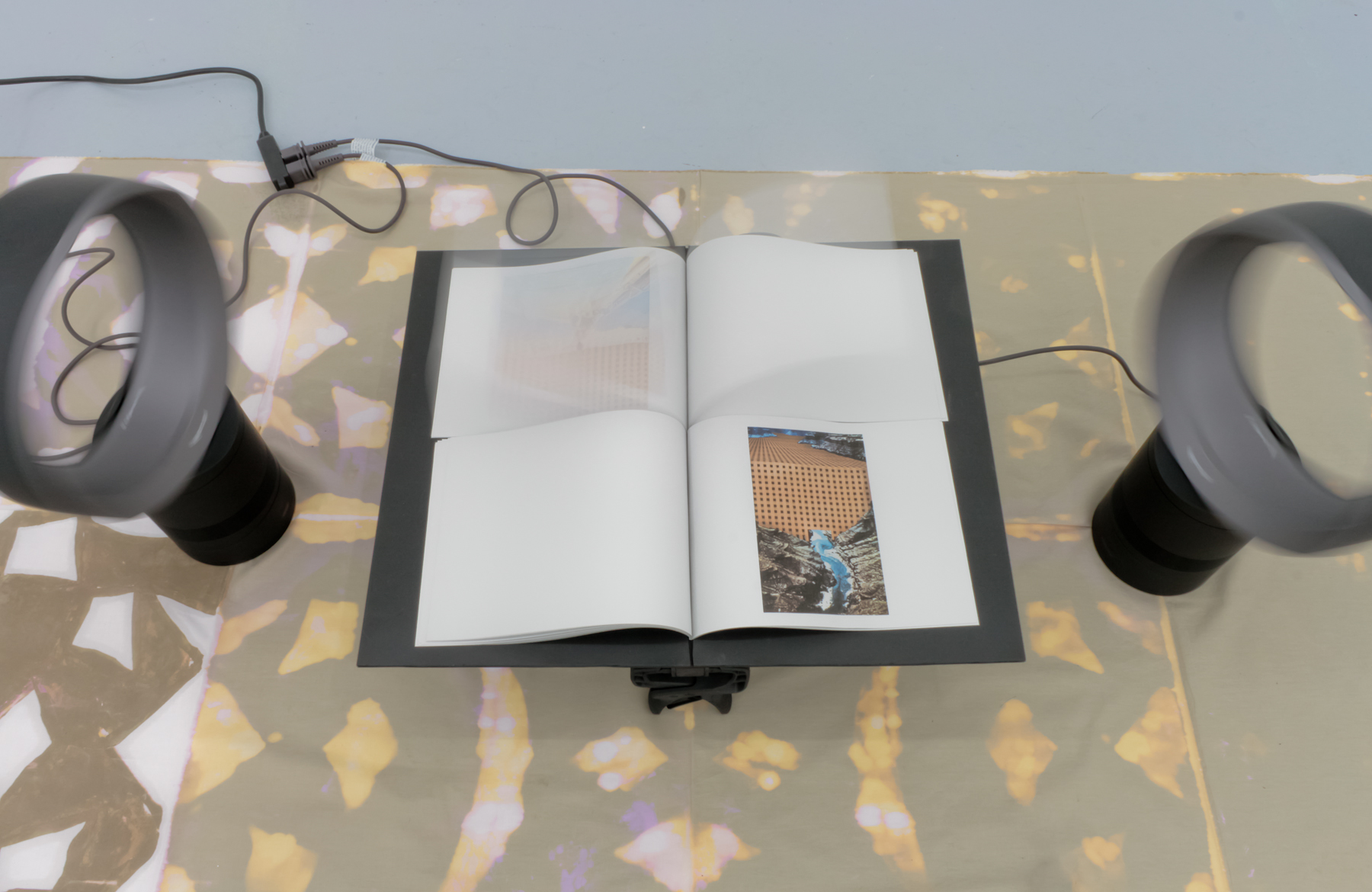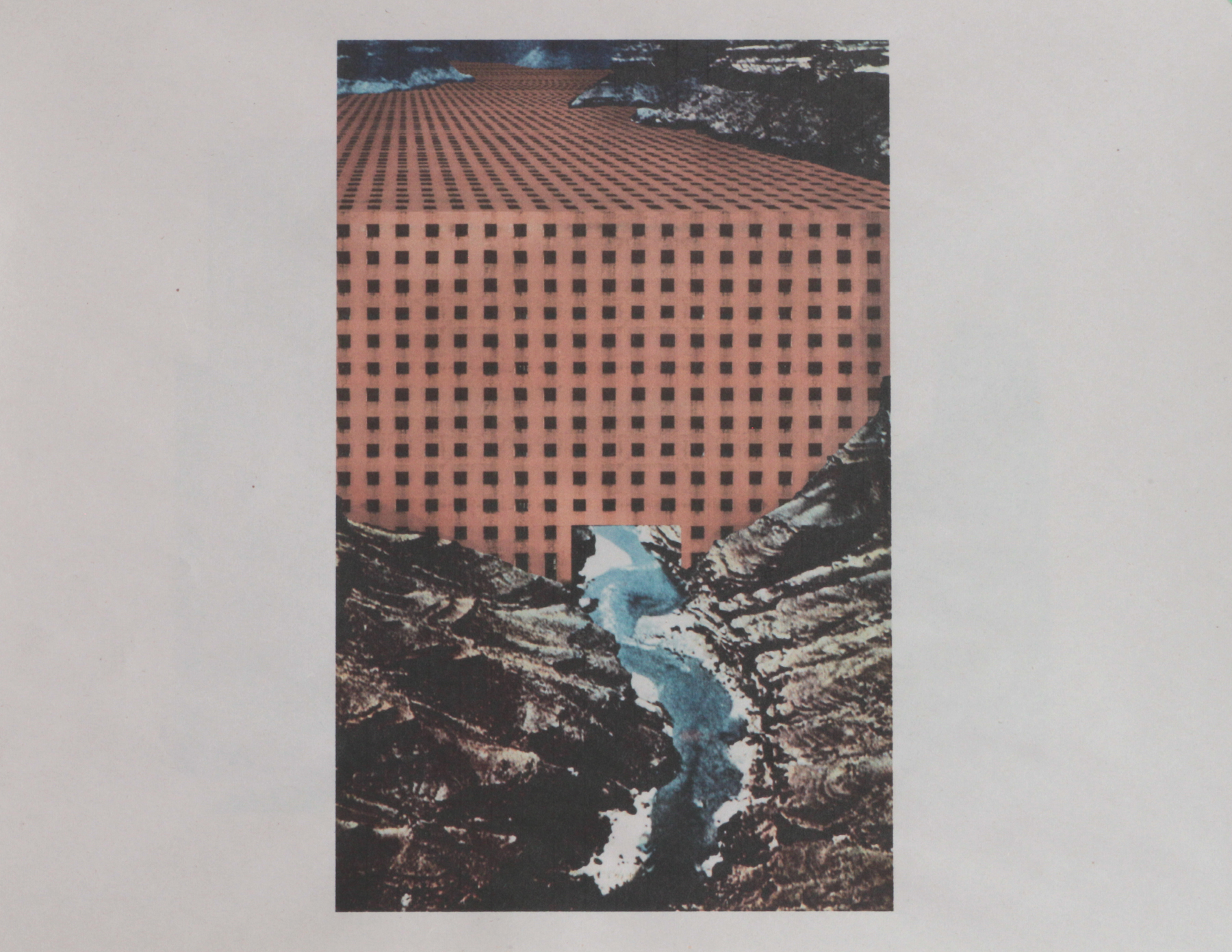














Reading zero (for a zero sum)
A given instance on a computer punch card possesses two states: off (the paper card) or on (a perforation in the card). By feeding the card through a reader, electrical impulses jump from sender to receiver as a signal unless they are denied by the stratum of the card. Then the signal ceases, producing a zero or off state. The perforation (which is an absence) in the stratum of the card can be formulated as x: that which is required to produce the on state. If the card itself is represented by y, then the off state, the unpunctured stratum of the card, will necessarily be x + y. This is because the hole in the card (x) stands for everything the card is not—the electrical impulse, the reader, and all the related assemblages that produce the conditions in which this could exist. The off state of the card (x + y) necessitates all that is present in the absence of the card (x) in addition to the card itself (y). Binary 1 cannot merely be thought as an addition to 0, but rather as a differentiation of it. In this instance, the off state is the result of x + y = 0. The on state (x or 1) requires something subtracted from the off as a condition of its emergence, possibly formulated as 1 = 0 − y. The computer’s inanimate state (its death) is not the passive or non-existent plane upon which animate life emerges. Life is the programmatic form—the always-on signal—beyond which death both precedes and succeeds it. Death (0 = x + y) already contains all that is necessitated by life. The electrical impulse is not produced to create life because it is already on as a function of the machine; in fact it requires the intervention of the deathly substratum to produce any kind of differentiation. And yet this substratum is already possible given the conditions that enable everything that it is not—we can say that y is both an addition to as well as a subset of x because it is already a virtual capacity of the material arrangements present within the complex machine. Consider x ⊃ (x + y). Death is both the absence that precedes the enlivened machine as well as the intrusion into it that emerges as the lack of signal. Reading zero in this way allows us to grasp how life is not a transcendence over death, but an immanent arrangement thereof.